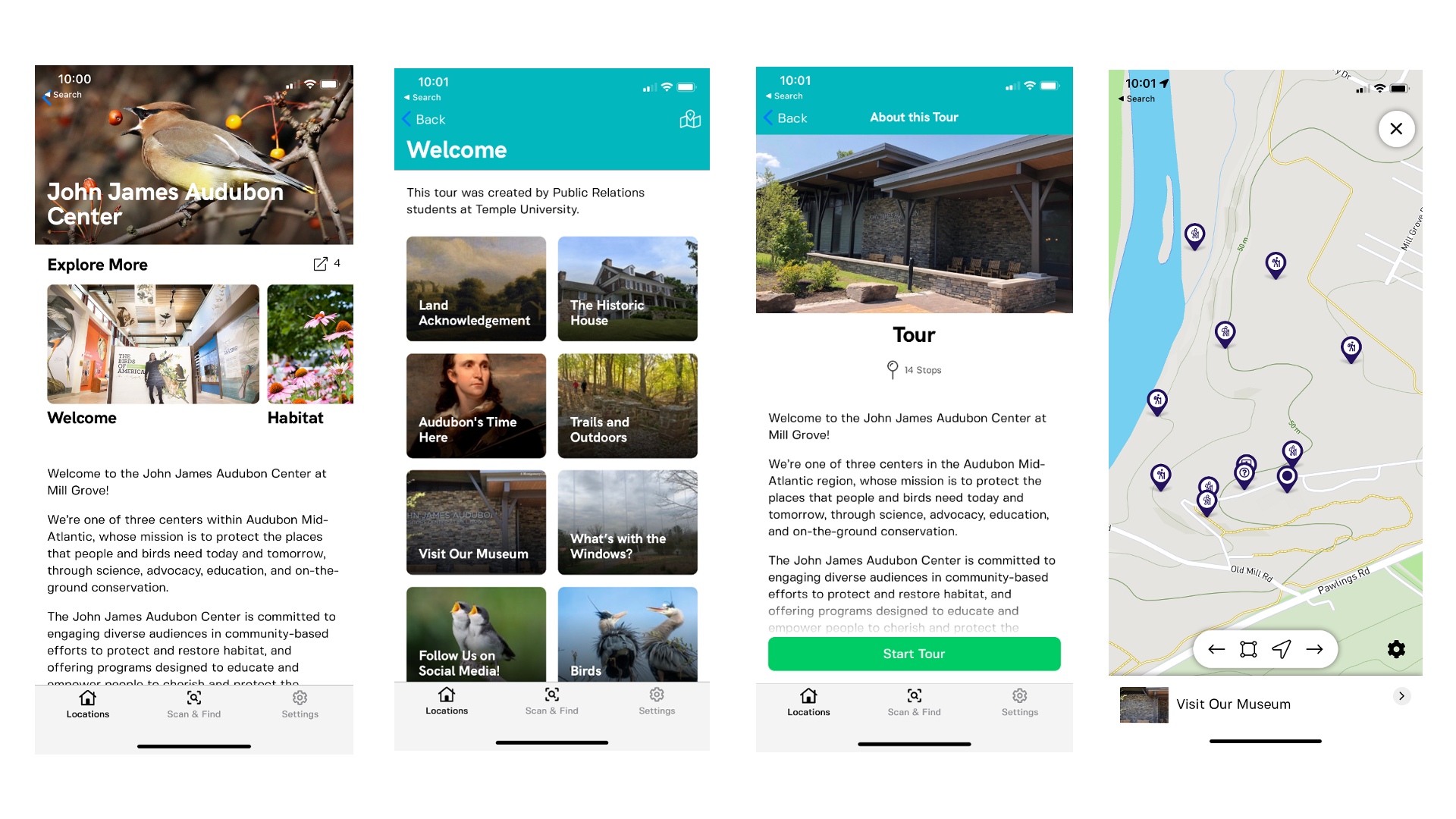As many public relations students and practitioners will tell you, the industry is constantly changing and evolving, especially when it comes to technology. For this reason, Assistant Professor of Instruction in the Department of Advertising and Public Relations Steve Ryan is using Temple University’s resources to help introduce his class to emerging technologies they will eventually encounter in their PR careers.
To help them access the vital technology for their coursework, Ryan’s PR 4502 course, Innovations in Public Relations, is using the Makerspace Technology Grant from the Loretta C. Duckworth Scholars Studio Makerspace in the Charles Library.
“The purpose of the Makerspace Technology Grant is to support faculty in using technology to build rich and engaging learning experiences for students,”said Dr. Hleziphi (Naomie) Nyanungo, director of educational technology at the Center for the Advancement of Teaching. “Using the Makerspace tools, faculty can provide their students with hands-on learning experiences that will help them to become active creators of knowledge and innovators.”
In this case, the technology Ryan’s class planned to use is a bluetooth beacon system used to give information to visitors as they tour a space in real time. These low-energy bluetooth beacons send out a unique identifier signal that connects with an app programmed to receive those beacons. When a user downloads the app and ventures close enough to one of the beacons, a page will pop up to guide the user through the space and give them more information.
For their project, the students have devised a tour for the John James Audubon Center at Mill Grove in Audubon, PA, where Ryan has volunteered for about six years. They were previously going to work with on-campus stakeholders, but Ryan was forced to pivot quickly when in-person learning for the spring semester was delayed by about three weeks.
So, in order to adjust, Ryan found STQRY, a tour-building app already in use at Temple’s Ambler campus. After ensuring everything could be done remotely, students met with a representative from Audubon. Then, they went to work building the tour.
Ryan thought the Makerspace Technology Grant would provide a perfect opportunity to purchase the beacons for the tour, as they are the cutting edge of the public relations and tourism industries. Unfortunately, the nature of the Audubon tour didn’t lend itself to using the beacons, though they studied their function in class. With the large outdoor spaces at Mill Grove, GPS technology was better suited to the task. The beacons will, however, be deployed in Fall 2022 when Ryan teaches the class again.
In addition to purchasing the beacons, the class has also been able to use other novel technologies available in the studio, including virtual reality (VR).
“I’ve talked about [VR] in other classes, but I can only talk about it conceptually because of the cost,” Ryan said. “The class included a big module using VR so the students can get in there, see how it works, and then figure out some possible PR use cases for the technology.”
David Ross, former manager of the Loretta C. Duckworth Scholars Studio Makerspace, noted that the technology Ryan is bringing in is new even to the Makerspace, which already contains a great deal of new and experimental technology.
"Many of the grant applications we receive incorporate technologies that we already provide at Charles Library into their class. Steve Ryan is one of the few grant winners who is experimenting with a new technology to enhance learning,” Ross said. “We get excited working on projects such as these which have the potential to elevate learning in a specific class, as well as elevate what we can offer out of the Makerspace. "
In addition to elevating the Makerspace and their PR capabilities, Ryan and the students hope to elevate an experience for visitors to the great outdoors for years to come. The tour is running on the STQRY Guide app until May 11, 2022. To see the tour, just download the app onto your mobile device.

